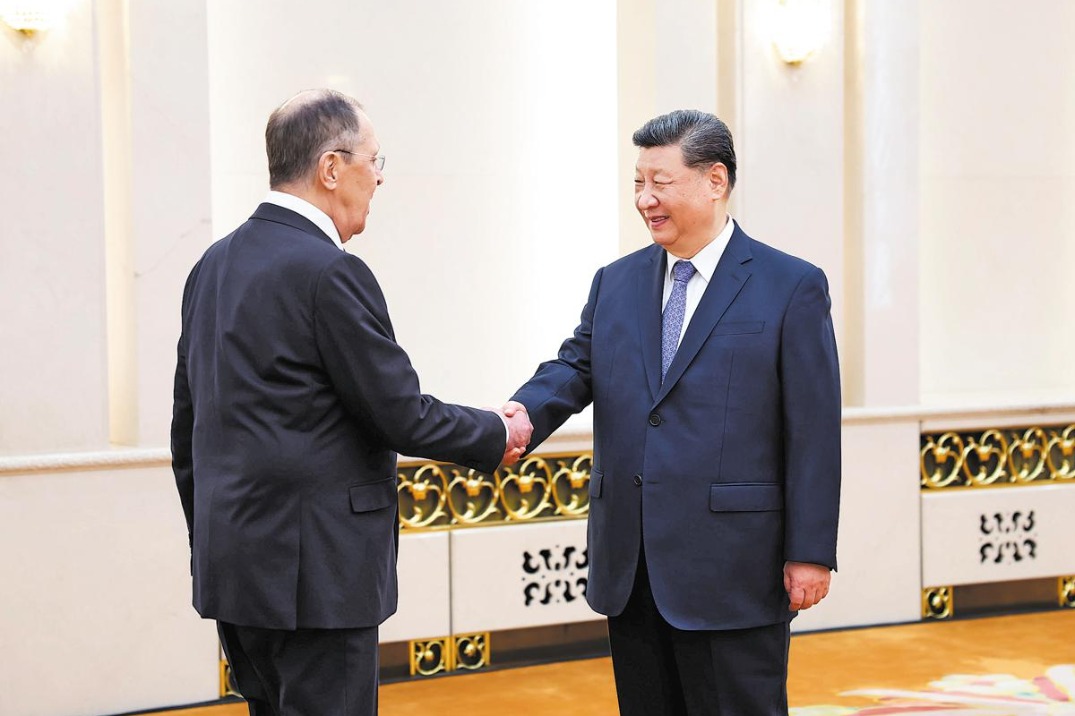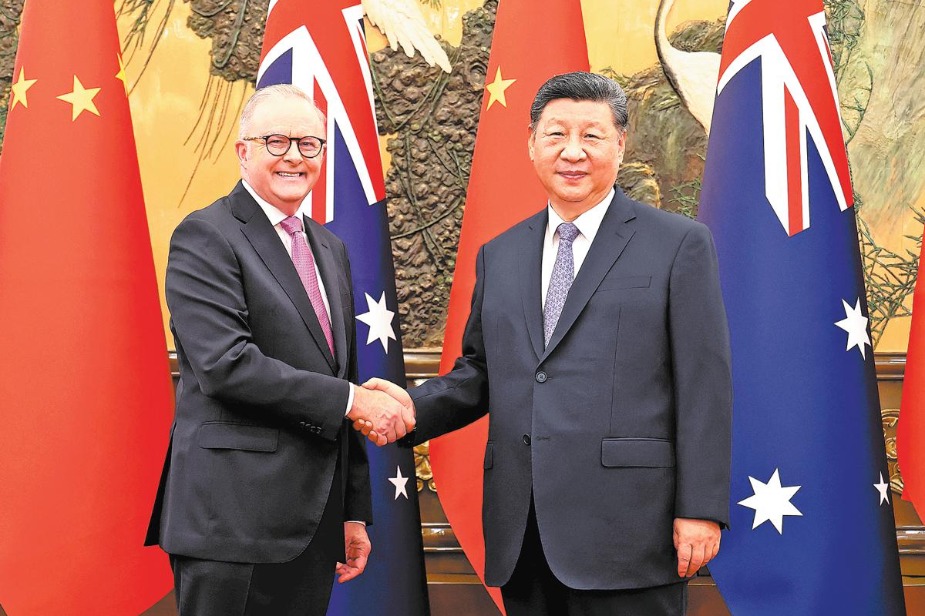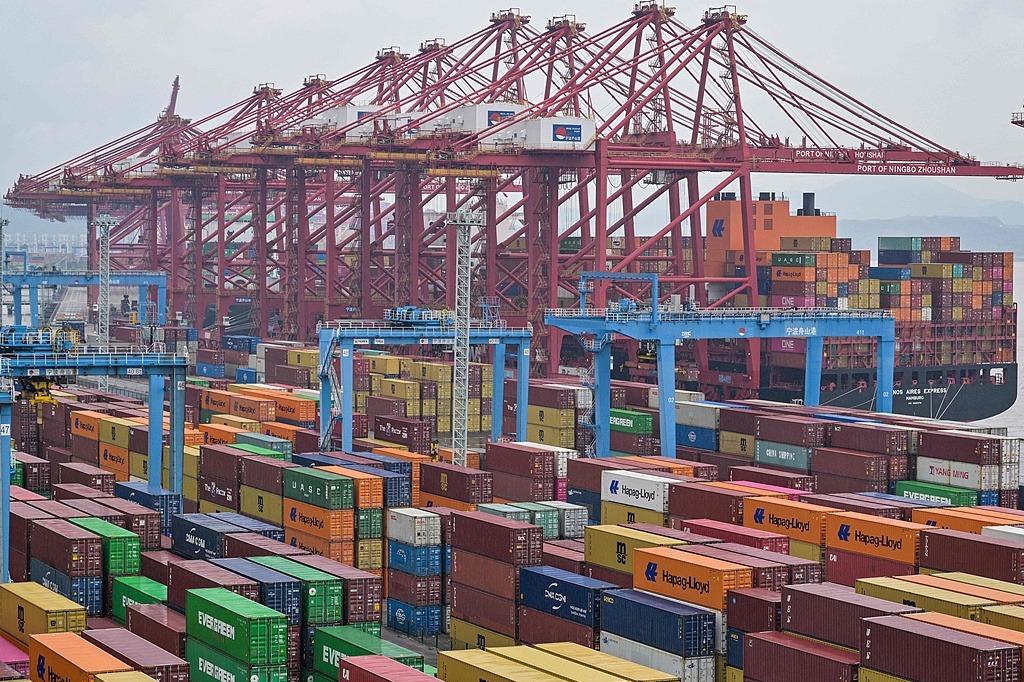Winning fight against air pollution

Editor's note: In 2017, Beijing, which used to be troubled by smog during the winter, had 226 days of blue skies, 28 more than in 2016. Two experts share their views with China Daily's Yao Yuxin on how to evaluate the achievement and how to maintain the trend. Excerpts follow:
Improving air quality nationwide a challenge

Huang Wei, head of Climate & Energy Campaign at Greenpeace China
China introduced a program called Air Pollution and Control Action Plan in 2013 to improve the air quality nationwide, including reducing the concentration of PM 2.5 (inhalable particulate matter with a diameter of 2.5 micrometers or less) from more than 100 micrograms per cubic meter to 60 micrograms per cubic meter in Beijing by 2017.
The Beijing municipal government has taken multiple measures, which elevated environmental protection to a level on par with economic development, especially in the final year of the action plan. Although the blue skies this winter can be partly attributed to the frequent and strong north winds and low humidity, the shift from coal to gas for heating for more than 3 million households is mainly responsible for reducing air pollution.
However, more than 70 percent of China's 365 cities surveyed by the Ministry of Environmental Protection have not met the level II standard for air quality, although some areas, especially the Beijing-Tianjin-Hebei region, have made great progress in this regard.
Coal burning, which is still the dominant source of energy in China, and emissions from vehicles, are the main causes of air pollution. So the authorities' next step should be to deepen the energy reform, in order to help China curb air pollution and maintain good air quality. They should also adopt a balanced development strategy for different areas of the country.
China's air quality is still far from meeting the World Health Organization's annual mean standard of 10 micrograms per cubic meter of PM 2.5 and 20 micrograms per cubic meter of PM 10. Although China still has a long way to go to meet the World Health Organization standards and maintain good air quality across the country, not just in some areas, throughout the year, it is moving toward that goal.
A new energy model for developing world

Lin Boqiang, head of the China Institute for Energy Policy Studies at Xiamen University
China could find itself in a dilemma when it comes to fighting air pollution and ensuring sustainable economic development, especially because the energy structure reform, mainly the shift from coal to clean energy, and economic transformation are ongoing simultaneously.
China has consumed massive volumes of energy over the past decades thanks to its huge population and vast territory. And it has to meet a higher demand for energy in the future because of its growing economy.
Besides, the unbalanced distribution of resources between northern and southern, and western and eastern parts of China greatly increases the energy stress on the prosperous regions with limited resources and makes it difficult for China to replicate some Western experiences in new energy, such as the installation of distributed photovoltaic (PV) power generation system.
However, China's wind and PV capacities have reached about 180 gigawatts and 120 GW, compared with the former frontrunner Germany's 50 GW and 40 GW respectively, which together account for 5.1 percent of the country's electricity mix in 2016.
China's political advantages enable it to optimize all kinds of resources and more easily solve high-efficiency-related problems, such as the high cost of new energy in the initial stage, shrinking the foreign market for new energy, and the abundant superfluous wind and solar energy in recent times. Thanks to its mature industrial networks, China's large-scale manufacturing sector realized significant cost advantage, which led to the cost of PV modules falling by 90 percent within a decade.
China's experience in developing new sources of energy shows new energy is not only a rich man's game, but also requires huge amounts of subsidies. But, in this context, China has set a good example for other developing countries, such as India, which suffer from high levels of environmental pollution and have not been able to generate enough clean energy.

































